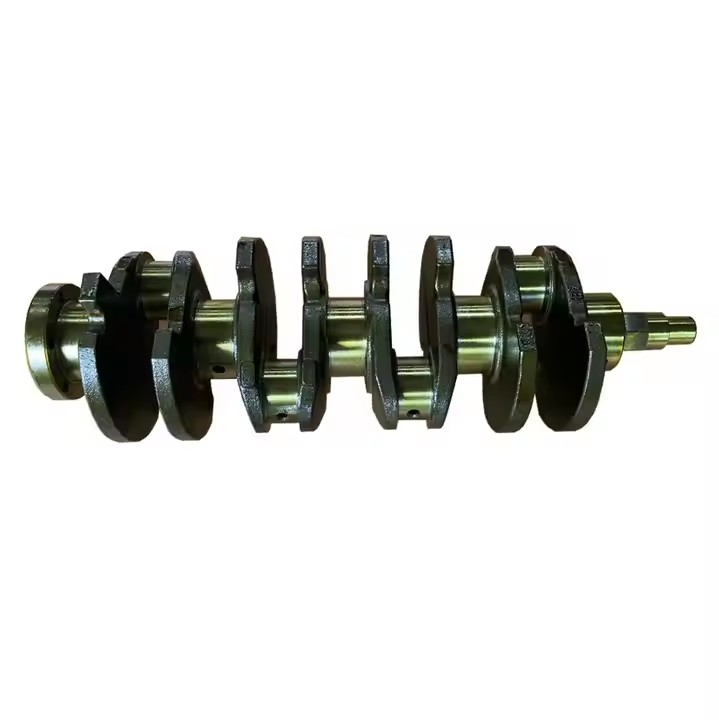From Simple Splash Systems to Pressurized Circulation
To truly appreciate the marvel of modern crankshaft lubrication systems, we need to look back at where it all began. In the early days of internal combustion engines, a simple splash system was used to lubricate the crankshaft. As the engine ran, moving parts would splash oil around, providing some degree of lubrication. But as engines grew more powerful and complex, this rudimentary approach proved insufficient.
The Rise of Pressurized Lubrication Systems
Enter pressurized lubrication systems. By using an oil pump to create pressure, engineers could ensure a steady supply of oil to critical components. This marked a significant leap forward in reliability and performance. Over time, advancements in oil delivery systems led to better efficiency and reduced wear on engine parts.
Engine Oil Technology: Not Just for Breakfast Anymore
But what about the oil itself? It turns out that the type of oil used plays a crucial role in the effectiveness of any lubrication system. Early engine oils were little more than refined mineral oils, offering basic protection against friction and wear.
Synthetic Oils: A Game Changer
Fast forward to today, and synthetic oils dominate the market. These advanced formulations offer superior performance in several key areas, including improved viscosity at extreme temperatures, better resistance to oxidation, and enhanced protection against sludge and deposits.
Modern Marvels: Variable Displacement Oil Pumps and Beyond
As if synthetic oils weren't impressive enough, engineers have continued to innovate in the realm of oil delivery systems. One such development is the variable displacement oil pump (VDOP). Unlike traditional fixed displacement pumps, VDOPs can adjust the amount of oil they pump based on the engine's needs, reducing parasitic losses and improving fuel efficiency.
The Future of Crankshaft Lubrication: Electric Oil Pumps and Dry Sump Systems
Looking ahead, we see further advancements on the horizon. Electric oil pumps, for instance, offer even greater control over oil flow and pressure. Additionally, dry sump systems, which separate the engine's oil supply from the crankcase, are becoming increasingly common in high-performance applications due to their ability to maintain consistent oil pressure during aggressive maneuvers.
Practical Applications: How to Keep Your Engine Running Smoothly
So, what does all this mean for the average car owner? Here are a few actionable tips to keep your engine's crankshaft lubrication system in tip-top shape:
In Conclusion: A Well-Oiled Machine
From humble splash systems to cutting-edge electric oil pumps and dry sump designs, the evolution of crankshaft lubrication systems in modern engines is truly a testament to human ingenuity. By staying informed about these advancements and taking proper care of your vehicle, you can ensure that your engine continues to run smoothly and efficiently for years to come.




